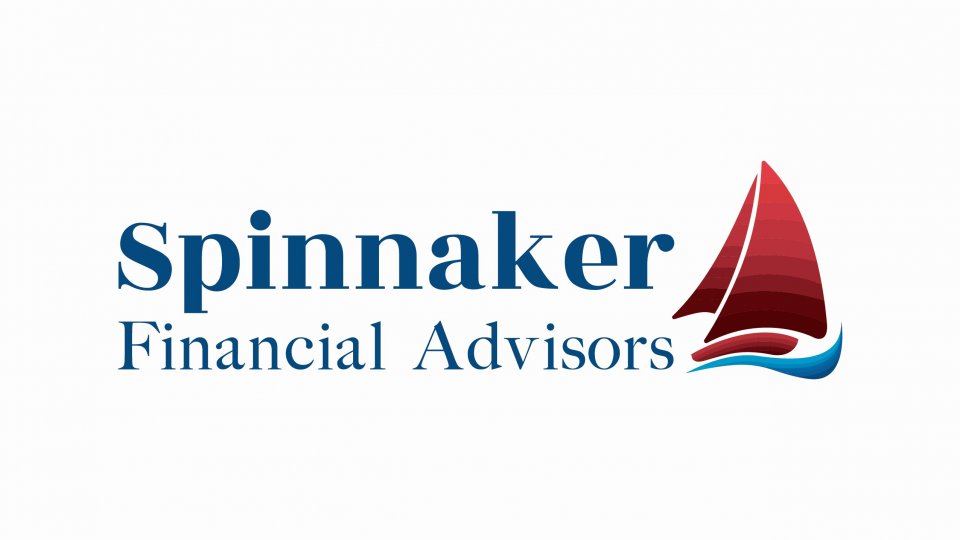For Long-Term Investors Fees Really Do Matter

After costs, the return on the average actively managed dollar will be less than the return on the average passively managed dollar for any time period.
—William F. Sharpe, 1990 Nobel Laureate
The efficient markets hypothesis implies that no active investor can consistently beat the market over long periods of time, except by chance. Yet active managers continue to test the hypothesis every day through their efforts to pick stocks and time markets. The evidence clearly shows that their efforts are not worth the high cost borne by investors.
The Standard & Poor’s Indices Versus Active Fund Scorecard for the five-year period ending 2013 breaks down the average performance for each equity fund category, and, with the exception of International Small Cap funds, all actively managed funds underperformed their relative benchmark:
Percentage of Active Funds that failed to Outperform Benchmark
U.S. Large Blend - 76%
U.S. Large Growth - 76%
U.S. Mid Cap Blend - 78%
U.S. Mid Cap Growth - 73%
U.S. Small Cap Blend - 80%
U.S. Small Growth - 77%
Global - 63%
International - 78%
International Small - 26%
Emerging Markets - 83%
Source: Vanguard calculators using data from Morningstar Inc. MSCI, CRSP and S & P
Most of the fund categories failed to beat their respective benchmark as a group. This is consistent with research, which shows that, as a group, active managers underperform the market by an amount that is at least equivalent to their average fees and expenses.
Based on the averages of the universe of funds, actively managed mutual funds are considerably more expensive than passively managed funds. And, based on weighted averages, larger funds in both categories tend to have lower expenses than smaller funds.
Domestic Mutual Fund Expense Ratios
Active Funds
Average of all funds - 1.46%
Weighted average based on fund assets - .95%
Passive Funds
Average of all funds - .91%
Weighted average based on fund assets - .18%
While active managers charge higher fees to exercise their “skill” in strategies they have designed to beat the market, these fees can be a significant impediment to achieving even average returns, not to mention accumulating wealth over the long term. The following chart clearly demonstrates that fees do matter when considering wealth accumulation needs over a long period of time.
Fees Matter
$100,000 Invested Over 30 Years - Assumed 6.5% Annualized Return
3% Fee - $280,679
2% Fee - $374,531
1% Fee - $498,395
In his research leading up to the Efficient Markets Hypothesis, Nobel Laureate William Sharpe concluded that, as a whole, active fund managers underperform passive fund managers, not because there is anything inherently wrong in their financial strategies, but simply because of the laws of arithmetic.
For example, in order for active fund managers to beat the market by just 1 percent would require that they achieve an excess return of 3 percent just to account for the average 2 percent fund costs. The actual hurdle for active fund managers is closer to 5 percent when you consider all costs, both tangible and intangible. Active managers spend an inordinate amount of time and resources attempting to identify rare mispricing in the market, and their stock picking and market timing efforts typically result in frequent trading and higher turnover. This can undermine asset class exposure and generate higher costs and fees in a portfolio.
The Hurdles of Active Management
1% - Operating Expenses
1% - Cost of Cash
1% - Transaction Costs
1% - Market Impact Costs
1% - Taxes
= 5% Hurdle of Active Management
Fees do matter, and there is no data to substantiate the value that active management professes to add to long-term portfolio returns. When an efficient market investment strategy is employed, there is no need to expend time or resources on stock selection or market timing; rather, the focus is on cost-effective asset class investing that seeks to capitalize on the risk dimensions identified through academic research. The results, as history has shown, are lower costs, more precise asset class exposure, lower volatility, and enhanced long-term returns.
*This content is developed from sources believed to be providing accurate information. The information in this material is not intended as tax or legal advice. It may not be used for the purpose of avoiding any federal tax penalties. Please consult legal or tax professionals for specific information regarding your individual situation. The opinions expressed and material provided are for general information, and should not be considered a solicitation for the purchase or sale of any security.

